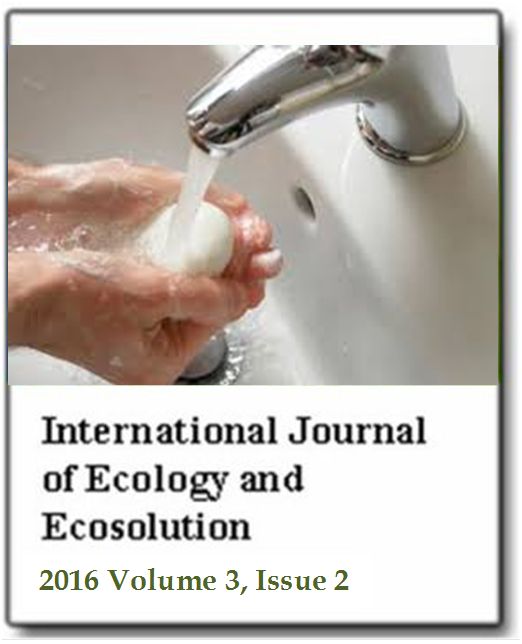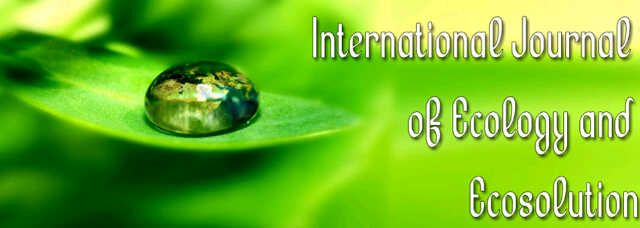Integrated water resource management: Gaps and challenges from stakeholders of the Mou-Nkier watershed, North West region, Cameroon
Tsi Evaristus Angwafo, Vernasius Nyambi Mbufung, Alvine Larissa Meyabeme Elono and Mathias Fru FontehInternational Journal of Ecology and Ecosolution
Published: June 27 2016
Volume 3, Issue 2
Pages 21-29
Abstract
Investigation on the gaps and challenges of integrated water resource management faced by stakeholders of the Mou-Nkier watershed was conducted during the period of January to June 2015. The aim is establishing a database for the sustainable management of water resources within the Mou-Nkier watershed. The method of World Wildlife Fund (WWF) was used to identify stakeholders involved. Results revealed that the main activity that depends on water was farming. The water needs in m3/day were estimated to be as follows: 2,522,317 for irrigation, 2562 for domestic use, 280 for livestock and 14.95 for services. Out of the 48 stakeholders in the Mou-Nkier watershed, seventeen were government institutions (35.4%), fifteen were NGO’s (31.3%), seven private institutions (14.6%), eight international organizations (16.7%) and other organizations (2%). The interaction amongst the stakeholders was weak. Out of 300 people interviewed, only 25 understood the concept of Integrated Water Resource Management (IWRM) and their level of involvement in the water resources management was very low. After explaining how the method operates, 295 persons agreed it was an appropriate method to tackle their water resources problems. Water is generally abundant during the rainy season and becomes a very rare commodity during the dry season. This has led to problems such as erosion, water borne diseases, floods and the loss of properties and lives.
Keywords: Integrated water resources, gaps, challenges, stakeholders, watershed, Cameroon.
Full Text PDF
